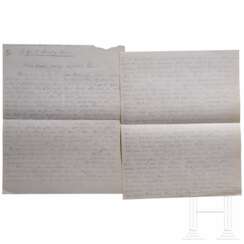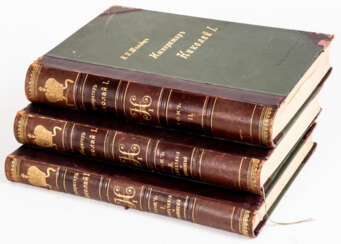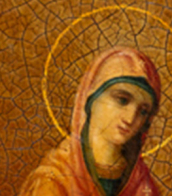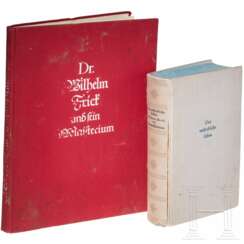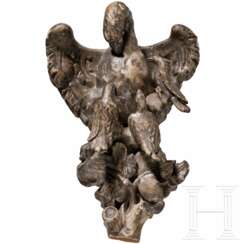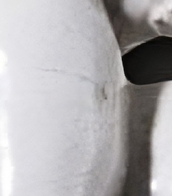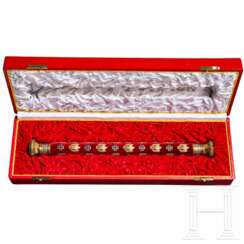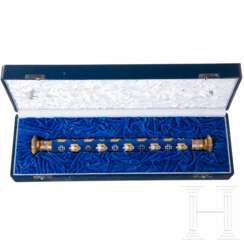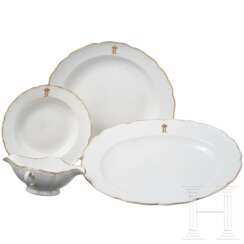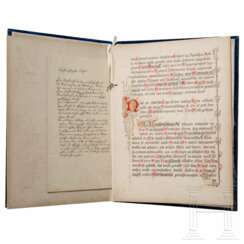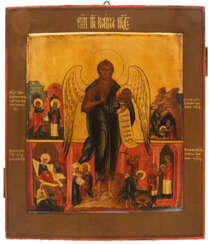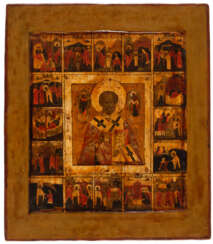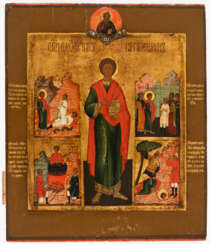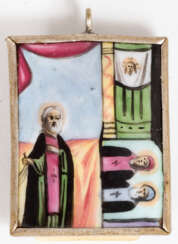1463 Items by auctions and galleries:
sein
Lot 3538 Kaiser Wilhelm I. (1797 - 1888) - eigenhändige und signierte Antwort an den Militärgouverneur von Unruh seines Sohnes Prinz Friedrich Wilhelm, 1841
A106m: Orden und Militaria bis 1918 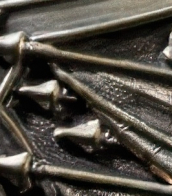

Hermann Historica
A106m: Orden und Militaria bis 1918
Date: 06.11.2025 10:00 UTC +01:00
Number of lots in the catalog: 914
Lot 3438 König Ludwig II. von Bayern - goldene Savonette mit schwerer Uhrenkette, Geschenk an seinen Oberstallmeister Max Karl Theodor Graf von Holnstein (1835 - 1895)
A106m: Orden und Militaria bis 1918 

Hermann Historica
A106m: Orden und Militaria bis 1918
Date: 06.11.2025 10:00 UTC +01:00
Number of lots in the catalog: 914
Lot 3431 König Ludwig II. von Bayern (1845 - 1886) - eigenhändiger Brief an seinen Marstallfourier und engen Vertrauten Karl Hesselschwerdt (1840 - 1902), zwischen 1882 und 1886
A106m: Orden und Militaria bis 1918 

Hermann Historica
A106m: Orden und Militaria bis 1918
Date: 06.11.2025 10:00 UTC +01:00
Number of lots in the catalog: 914
Lot 4067 Hermann Göring - dreiseitiger Liebesbrief Nr. "19." an Carin, datiert "6. Sept. 21 Dienstag Abend" ("mein letzter Atemzug wird Dein sein und sterbend werde ich Deinen Namen segnen!")
A106r: Orden und Militaria ab 1919 

Hermann Historica
A106r: Orden und Militaria ab 1919
Date: 07.11.2025 10:00 UTC +01:00
Number of lots in the catalog: 868
Lot 3297 Kaiser Ferdinand I. von Österreich (1793 - 1875) - 21 Circulare der k.k. Landesregierung in dem Erzherzogthume Österreich unter der Enns aus seiner Regierungszeit 1835 - 1848
A106m: Orden und Militaria bis 1918 

Hermann Historica
A106m: Orden und Militaria bis 1918
Date: 06.11.2025 10:00 UTC +01:00
Number of lots in the catalog: 914
Lot 3397 Siegfried Wagner (1869 - 1930) - eigenhändige Notenzeile aus seiner Oper "Der Bärenhäuter" und Unterschrift auf Karte, datiert "Juli 1926"
A106m: Orden und Militaria bis 1918 

Hermann Historica
A106m: Orden und Militaria bis 1918
Date: 06.11.2025 10:00 UTC +01:00
Number of lots in the catalog: 914
Lot 3432 König Ludwig II. von Bayern (1845 - 1886) - eigenhändiger Brief an seinen Marstallfourier und engen Vertrauten Karl Hesselschwerdt (1840 - 1902), ab 1880
A106m: Orden und Militaria bis 1918 

Hermann Historica
A106m: Orden und Militaria bis 1918
Date: 06.11.2025 10:00 UTC +01:00
Number of lots in the catalog: 914
Lot 4593 Admiral Karlgeorg Schuster - 17 Briefe und sieben Postkarten an seine Mutter "von der Ostasien Reise an Bord SMS 'Gneisenau' Nov. 1910/Nov. 1911"
A106r: Orden und Militaria ab 1919 

Hermann Historica
A106r: Orden und Militaria ab 1919
Date: 07.11.2025 10:00 UTC +01:00
Number of lots in the catalog: 868










